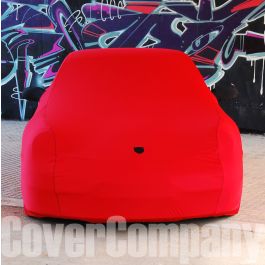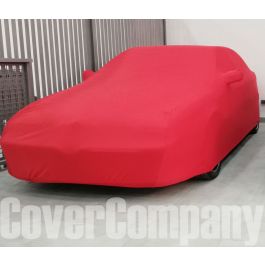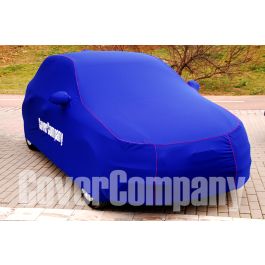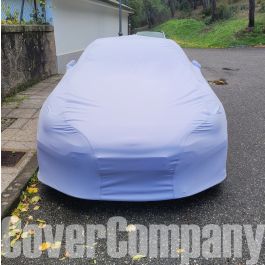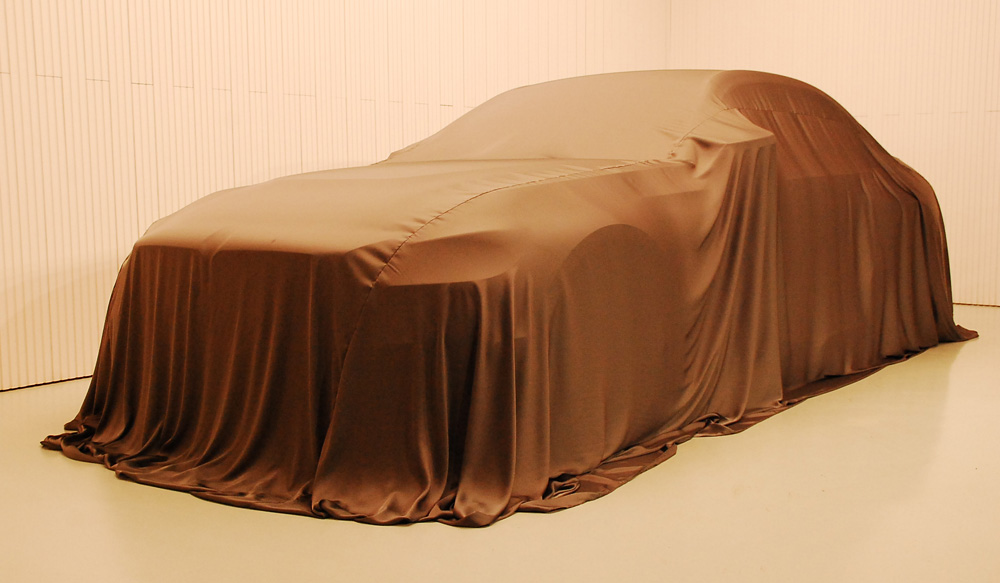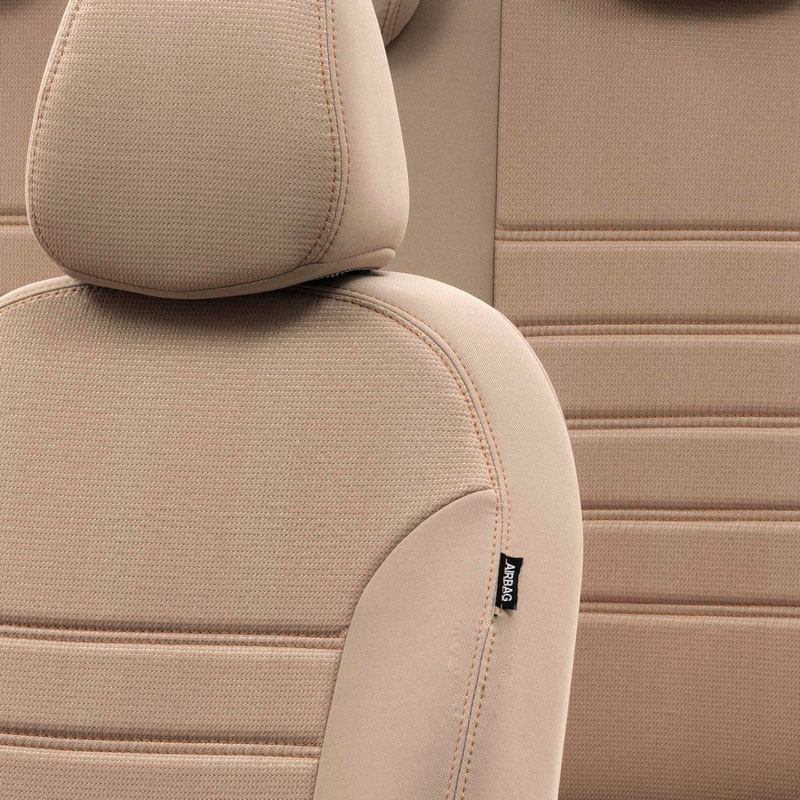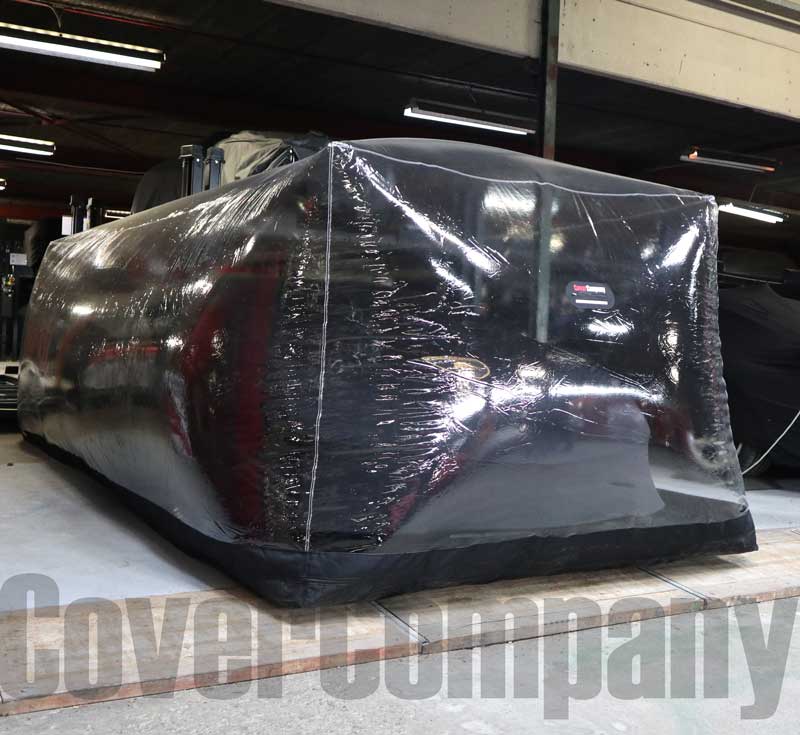Shop now.Pay it in 4.

Clearpay is unregulated credit.
Use responsibly.T&Cs & late fees
apply at clearpay.co.uk/terms
The Importance of an Oil Change Part 3
Choosing and Applying the Right Equipment
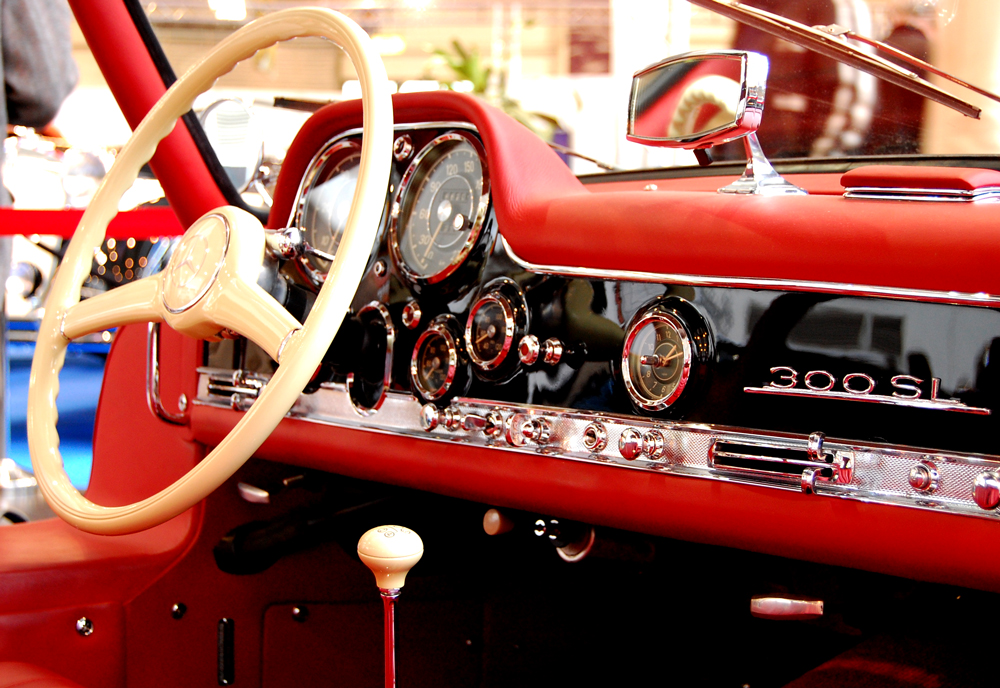 There are special equipment and items that you can use for oil changes. Many different types of equipment such as radiator protection/cleaner, oil change fluid, slip, grease spray, rust remover, or interior care fluid allow you to take the best care of your vehicle.
There are special equipment and items that you can use for oil changes. Many different types of equipment such as radiator protection/cleaner, oil change fluid, slip, grease spray, rust remover, or interior care fluid allow you to take the best care of your vehicle.
Choosing the right compatible engine oil for your vehicle can seem like a difficult task when you realize how many engine oil options are available on the market. The first thing you should do is check your vehicle's owner's guidebook or service booklet. In addition, you can get personalized oil advice from Rektol’s Classic Oil Advice page, and you can be sure that they will offer you the right oil for your vehicle. Be sure to enter all the features of your car correctly when filling out the form.
How to Change Your Oil Yourself
Regular oil changes are pretty much the best thing you can do to maintain your car's power and efficiency, and it will also help you make your engine's life as long as possible. That's why it's essential to know how to change engine oil yourself. Many people turn to their local garage or friendly mechanic to take care of this job, but it's certainly possible to do this at home. First of all, you should get the oil you need. When purchasing oil, it's also a good idea to get a new oil filter and a filter wrench, drain plug wrench, and an oil drain pan if you don't have one. We also recommend using disposable latex gloves and safety glasses, as the oil can irritate your skin.
Once you have all of these supplies, make sure your car is parked on level ground - the engine is warm but not hot, and the handbrake is on - and lift the hood. Next, place the drain pan under the drain plug, remove the oil fill cap and loosen the drain plug with the plug wrench until oil begins to flow into the drain pan.
At this point, you can use the oil filter wrench to unscrew the oil filter by turning it counterclockwise: the oil will then drain thoroughly and quickly. You should also drain the oil from the filter into the drain pan, then place the filter in a plastic bag that you can safely store until recycling. After the flow of used engine oil has stopped, install and tighten the drain plug before screwing in the new oil filter. To ensure a good seal, it is a good idea to coat the filter gasket with a light coat of oil before replacing it. At this point, check how much oil you need to add and refill the engine with the recommended oil. If you are unsure how much oil to add, add oil gradually and occasionally check with the dipstick to avoid overfilling the crankcase. After you're done, reinstall the oil filler cap and dipstick - you'd be surprised how many people forget to do this - and close the hood. Now is the time to recycle your old engine oil. You should find out the collection centers around you and bring the old oil there. You can also take it to a mechanic or service center, and they will dispose of it for you. Most places have strict and severe local laws to enforce the correct disposal.
What Our Customer Are Saying...
-
PERFECT PROTECTION GOLDWING 1500 By: Gilles COHARD
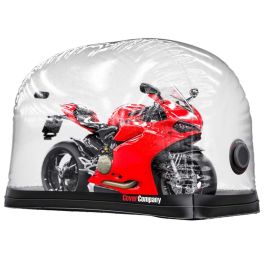 Very satisfied with this indoor size L cover (2.8 m x 1.2 m x 1.6 m) for the Goldwing 1500. Unfold carefully as the package is vacuum-sealed and the transparent part is very sticky. I installed it by myself. Be careful to position the antennas correctly. Consider using protection under the center and side stands to preserve the cover. No instructions in French. This cover is not cheap, but it really does the job. I highly recommend it. CoverCompany responds quickly to questions, which is much appreciated.
Very satisfied with this indoor size L cover (2.8 m x 1.2 m x 1.6 m) for the Goldwing 1500. Unfold carefully as the package is vacuum-sealed and the transparent part is very sticky. I installed it by myself. Be careful to position the antennas correctly. Consider using protection under the center and side stands to preserve the cover. No instructions in French. This cover is not cheap, but it really does the job. I highly recommend it. CoverCompany responds quickly to questions, which is much appreciated. -
Decent quality for the price By: Paul
 Cover is good quality. Being a standard fit cover it's designed to fit large SUV vehicles which is slightly too big for a Stelvio, but it's better that it's oversized than too small. It's never going to fit back into the storage bag or case that came with it so will have to find another way of storing it which is disappointing. Took about 10 days to get to the UK. - Answer by Cover Company: Thanks for your feedback Paul. The package includes an additional storage bag to store the cover once it has been used,
Cover is good quality. Being a standard fit cover it's designed to fit large SUV vehicles which is slightly too big for a Stelvio, but it's better that it's oversized than too small. It's never going to fit back into the storage bag or case that came with it so will have to find another way of storing it which is disappointing. Took about 10 days to get to the UK. - Answer by Cover Company: Thanks for your feedback Paul. The package includes an additional storage bag to store the cover once it has been used,

